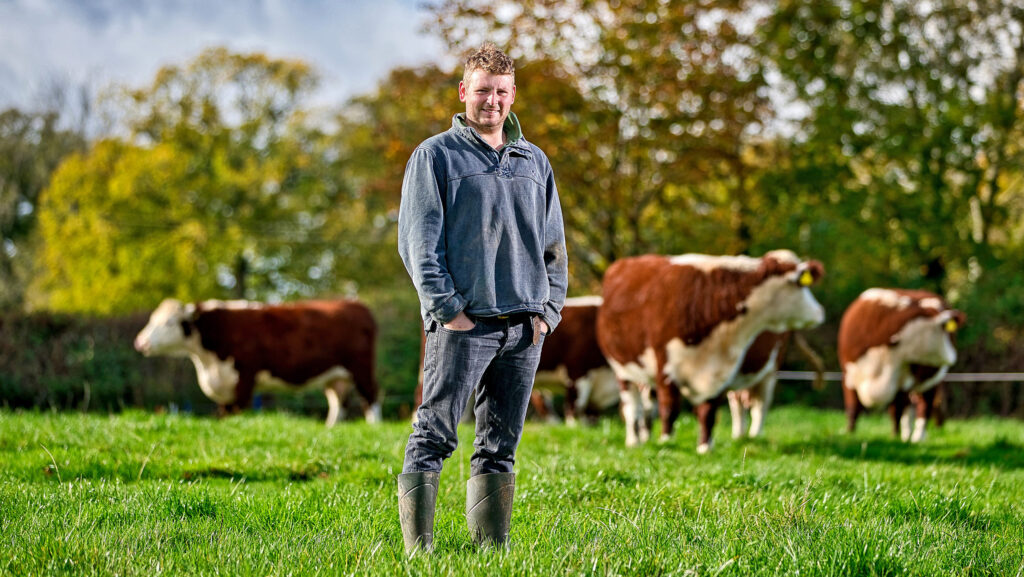Farmer Focus: Diverse summer cover crop is plan B this year
 Billy Lewis © Richard Stanton
Billy Lewis © Richard Stanton The long-term weather forecast is a huge concern. Jobs are mounting up, crops remain in a perpetual state of stress and commodity prices show no sign of budging.
Sentiment among farmers I have spoken to recently is the lowest I’ve known for a long while.
The saying goes “time flies when you’re having fun”. The problem is at the moment any fun is in short supply yet time still flies by.
See also: Spring drilling: 3 farmers battle to get crops established
Despite the doom and gloom, we’ve had some small wins. We managed to complete the first split of nitrogen across the wheats. To my surprise, the majority of the fields travelled remarkably well.
It’s hardly noticeable that the tramlines have been trafficked, a definite upside to direct-drilling.
I’ve never seen such an evident response to a fertiliser application as I have this spring. Unfortunately, this is probably due to nutrient-depleted soils as a result of leaching over the wet winter.
Our cover crops are now sprayed off. However, unlike the wheats, you can definitely tell where the sprayer has been, with the creation of some lovely foot-deep ruts.
The next step should be drilling spring beans, but as I said time is flying and we’re now getting towards the wrong end of April.
Plan B is looking likely. This will be a diverse summer cover crop, grown at our own expense. There will be no rush to get it planted so we can do any required remedial cultivations in the correct soil conditions.
In theory, this will provide a lovely entry for the next wheat crop. We don’t have blackgrass, so I’m hoping to get all cereals drilled by the end of September.
I can’t risk facing a repeat of the heartache caused by autumn 2023. If crops get too forward, I will mobilise my woolly biomass reduction team.
A price of £200/t feed wheat for March 2025 is tempting as there is good money to be made.
My problem is I can’t sell too much forward while this awful weather persists because I can’t tell how big (or small) the heap of grain will be once harvest is complete. If it was easy, everyone would be at it.


